The Brentwood Stations of the Cross 1: religion and art in dialogue
The popular view is that religion and contemporary art hold each other in more or less tolerant disdain. For those who have religious beliefs, contemporary art, having given up on the pursuit of beauty and truth, is considered to be the decadent wing of secularism. Furthermore, many artists believe that religious iconography, having lost any cultural traction in a secular age, has retreated into the realm of the kitsch and the sentimental. In this project, I wanted to test these positions and see if it would be possible for religion and art to have a meaningful conversation.
Early on, I decided that if this dialogue was to take place then it would require a subject matter broad enough to embrace a variety of viewpoints. I wanted to fix the conversation in an unashamedly Christian context so that it did not float off into some spiritual stratosphere; and it seemed to me that the visual tradition of the Stations of the Cross would offer the range and imaginative scope for a mature exchange of ideas.
The Stations of the Cross is a devotional exercise peculiar to the Catholic tradition. It combines visual imagery, music, prayer and movement. The visual aspect – traditionally, fourteen painted or sculpted images that narrate the final moments of Christ’s passion and death – are found lining the walls of every Catholic Church. Their origin is the via dolorosa found in Jerusalem. The word “stations” used in the sense of a halting place is first found in a 15th century account of a pilgrimage to the Holy Land made by William Way, an English pilgrim. Over time, the via sacra of the Holy Land were re-imagined in a liturgical form in order to respond to the spiritual needs of people in every geographical location and time.
The images of the Stations of the Cross aim to confront the viewer emotionally, morally and spiritually. They exist to inspire prayer, to lead the Christian believer through the vast mysterium passionis toward the mysterium paschale. By contemplating their images of brutality and suffering, the beauty of redemption is revealed. This eschatological movement is mirrored in the physical movement of the believer as they slowly move from one station to the next in prayer.
Settings for conversations can be crucially important. I considered using neutral environments such as halls, crypts and gallery spaces, but on reflection I felt they were unlikely to stimulate truly creative responses. It seemed, therefore, that the obvious setting would be Brentwood Cathedral itself, a church where for the last six years I have been the Dean. Designed by Quinlan Terry in his trademark neo-Palladian style, the Cathedral would provide a light and airy space in which to show the work. At the same time, as a place of prayer and worship, it would provide an extra dimension to any discussion. Art in this environment exists as an aid to contemplation of invisible, supernatural realities. The Cathedral already had its own contemporary Stations created by the sculptor, Raphael Maklouf, who is, perhaps, best known for designing the image of the Queen on our coinage; but what kind of conversation would these two very different sets of Stations initiate?
So, I had my subject and my setting, and all I needed now was to find the right occasion for the conversation to take place. Liturgical time seemed to answer that need, and I decided that the dialogue would run throughout the period of Lent. “…. the time of tension between dying and birth,” as T.S.Eliot puts it in his poem, Ash Wednesday, a perfect time, then, to meet and to speak to each other.
I knew I didn’t want installations or video pieces, for they risked making any conversation glib or ironic. I didn’t want sculptures because they wouldn’t be easy to show. My innate instinct was more conservative, and I wanted contemporary painters who would be up to the challenge of having a mature discourse with people of faith. I, therefore, needed fourteen painters, one for each station.
Clearly, a quick flick through yellow pages or a search on Google would not allow me to find them. So, I arranged to meet the artist, Robert Priseman, for lunch at the National Gallery, and towards the end of our meal, I ambushed him with the question, “Can you find me fourteen painters to create a new Stations of the Cross for Brentwood?” He took a reflective sip of his cappuccino and replied, “Of course, leave it to me.”
Within forty eight hours, I had not fourteen, but fifteen of the finest living British painters signed up for the project, artists who were critically respected and had work both in major public and private collections. Drawn from across the country, the artists included some with a degree of religious belief and some with none. The conversation was about to get started.
The Brentwood Stations of the Cross are on show in Brentwood Cathedral from Ash Wednesday until Good Friday. For more details see here.
A book, The Brentwood Stations of the Cross, with images of the stations and reflections by the artists involved on their work is available to purchase on Amazon.
[See Part 2 of the post here: “What the fifteen artists actually did”]
[See Part 3 of the post here: “The full programme of events”]
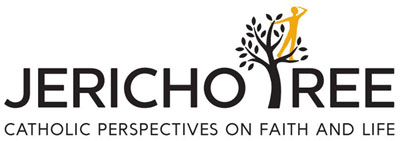




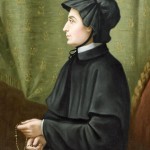

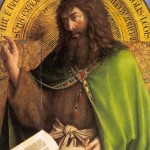
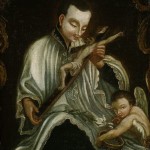

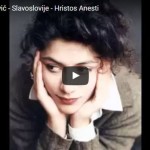






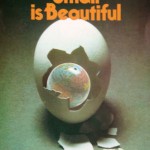
Comments (1)
Trackback URL | Comments RSS Feed
Sites That Link to this Post